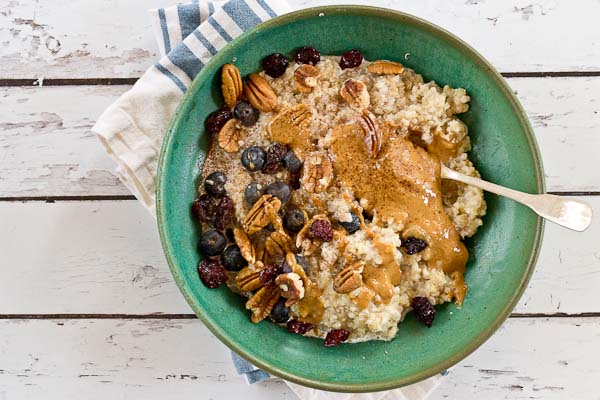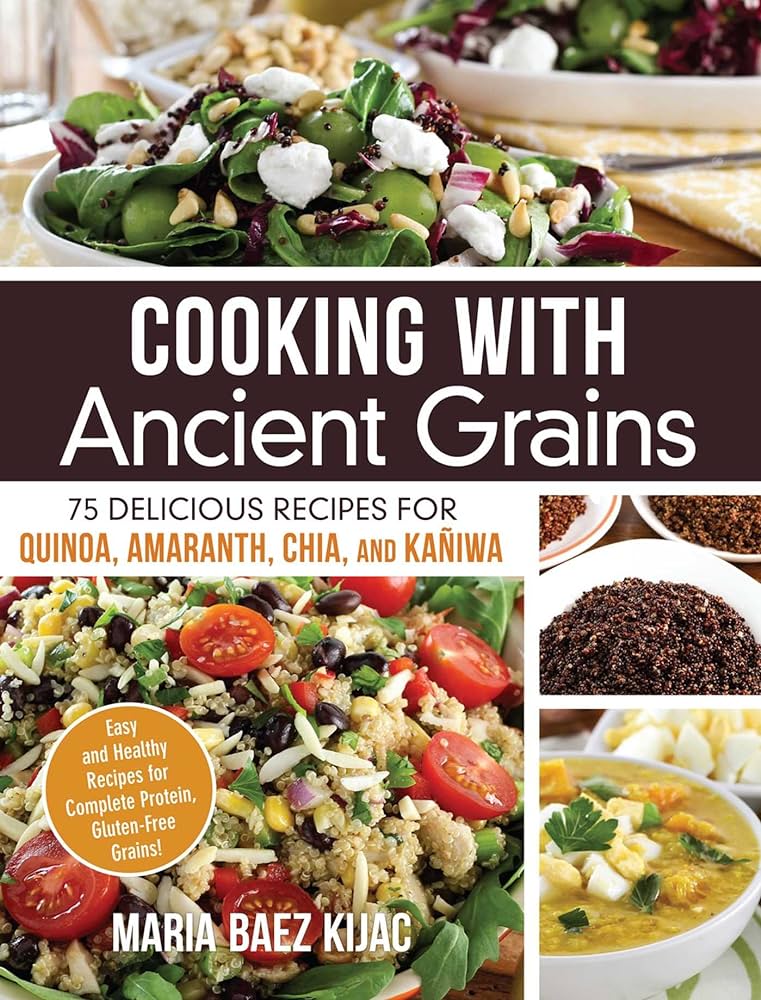Ancient grains have been gaining popularity due to their numerous health benefits and unique flavors. These grains, such as quinoa, amaranth, and spelt, have been cultivated for thousands of years and are packed with essential nutrients. In this article, we will explore how to make and incorporate ancient grains into your diet.
:max_bytes(150000):strip_icc()/__opt__aboutcom__coeus__resources__content_migration__serious_eats__seriouseats.com__2018__10__20180913-wild-rice-side-dish-vicky-wasik-16-c1666b3b375547dfbe6d65efcef8575a.jpg)
Credit: www.seriouseats.com
Choosing and Preparing Ancient Grains
1. Quinoa: Rinse 1 cup of quinoa under cold water to remove any bitterness. In a saucepan, combine the quinoa with 2 cups of water or vegetable broth. Bring it to a boil, then reduce the heat and let it simmer for 15-20 minutes until the grains are tender and the liquid is absorbed.
2. Amaranth: To cook amaranth, combine 1 cup of amaranth with 2-3 cups of water or stock in a saucepan. Bring it to a boil, then reduce the heat and let it simmer for about 20 minutes until the grains are fluffy and tender. Drain any excess liquid.
3. Spelt: Before cooking spelt, rinse it under cold water to remove any impurities. In a pot, combine 1 cup of spelt with 3 cups of water or broth. Bring it to a boil, then reduce the heat and let it simmer for about 45-50 minutes until the grains are soft and chewy.
Ancient Grain Recipes
1. Quinoa Salad: Cook quinoa as mentioned above and let it cool. In a bowl, combine the cooked quinoa with your favorite vegetables, such as diced tomatoes, cucumbers, and bell peppers. Add some olive oil, lemon juice, and fresh herbs like parsley or basil. Mix everything together and season with salt and pepper.
2. Amaranth Porridge: After cooking amaranth, let it cool slightly. In a saucepan, combine the cooked amaranth with some milk or dairy-free alternatives and cook over medium heat until warm. Add some sweetener like honey or maple syrup, and toppings such as fresh fruit, nuts, or cinnamon for added flavor.
3. Spelt Bread: After cooking spelt, let it cool completely. In a mixing bowl, combine spelt with bread flour, yeast, salt, and warm water. Knead the dough until smooth and elastic. Let it rise until doubled in size, then shape the dough into a loaf. Bake in a preheated oven at 350°F for about 30-40 minutes until golden brown.

Credit: www.loveandzest.com
Benefits of Ancient Grains
Ancient grains are not only delicious but also offer several health benefits:
- Rich in fiber: Ancient grains are an excellent source of dietary fiber, promoting good digestion and reducing the risk of heart disease.
- High in protein: These grains are packed with protein, which is essential for muscle growth and repair.
- Gluten-free options: Some ancient grains like quinoa and amaranth are naturally gluten-free, making them a great choice for those with gluten intolerance or celiac disease.
- Nutrient-dense: Ancient grains are loaded with vitamins, minerals, and antioxidants that support overall health and well-being.
Ancient grains can be a versatile and nutritious addition to your diet. Experiment with different recipes and enjoy the unique flavors and textures they offer. By incorporating these grains into your meals, you can enhance the nutritional value of your diet and experience their many health benefits.
Frequently Asked Questions Of How To Make Ancient Grains: Healthy And Delicious Recipes
How To Make Ancient Grains?
To make ancient grains, start by rinsing the grains thoroughly. Then, combine the grains with water or broth in a pot and bring it to a boil. Reduce the heat and let it simmer until the grains are tender. Drain any excess liquid and enjoy!
What Are Some Popular Ancient Grains?
Popular ancient grains include quinoa, amaranth, farro, and spelt. These grains offer a variety of flavors and textures, making them versatile in cooking and baking.
What Are The Health Benefits Of Ancient Grains?
Ancient grains are rich in nutrients like fiber, protein, and antioxidants. They promote digestive health, help regulate blood sugar levels, and support overall well-being. Additionally, they are often gluten-free, making them a great choice for individuals with gluten sensitivities.
How Can I Incorporate Ancient Grains Into My Diet?
You can incorporate ancient grains into your diet in various ways. Use them as a substitute for rice or pasta, add them to soups or salads, or use them in baking recipes. Get creative and experiment with different recipes to enjoy the nutritional benefits of ancient grains.
